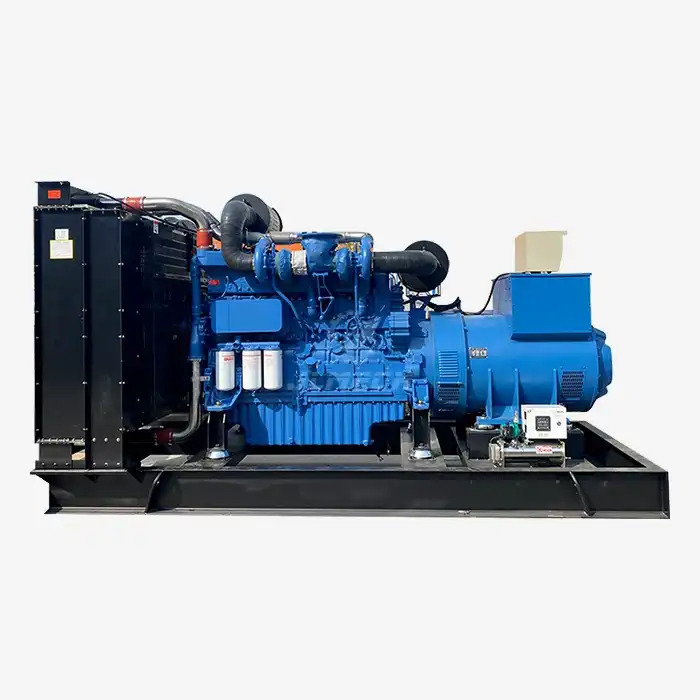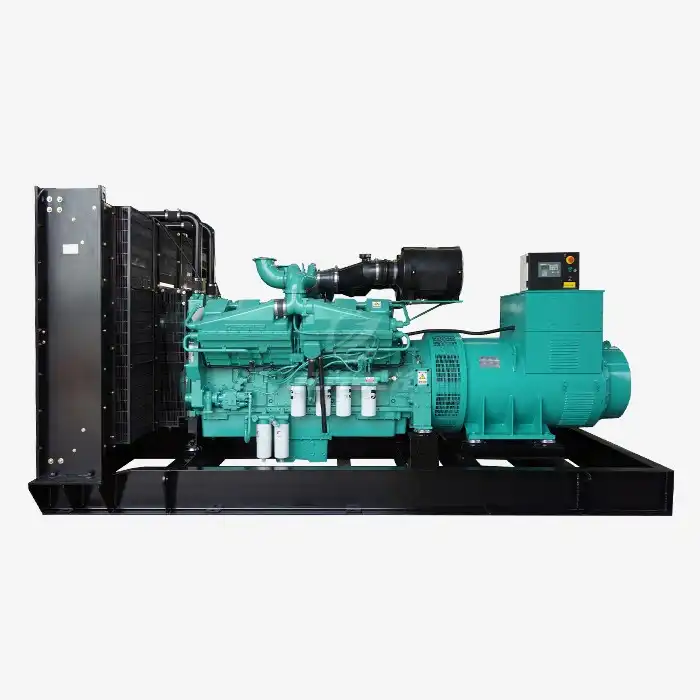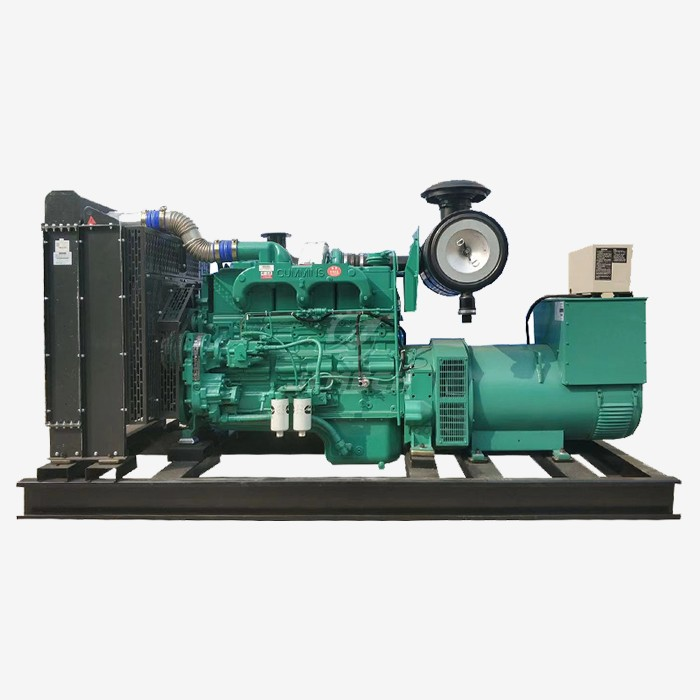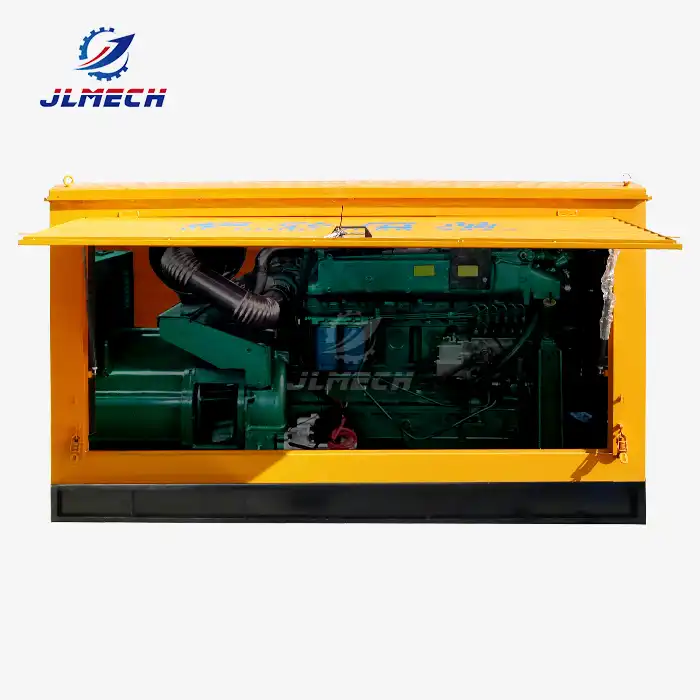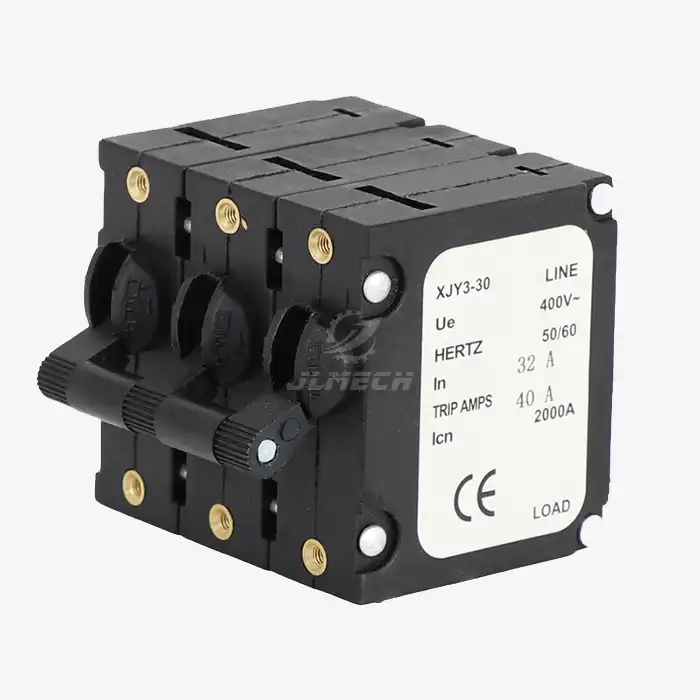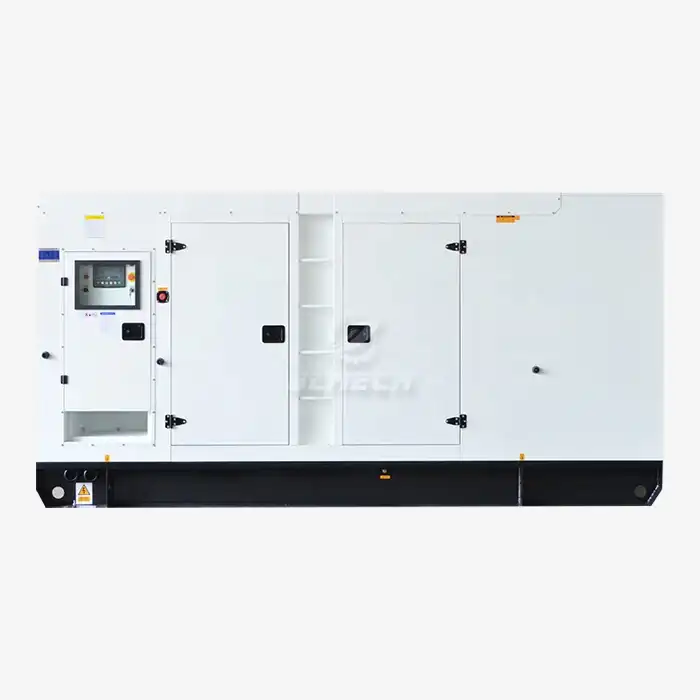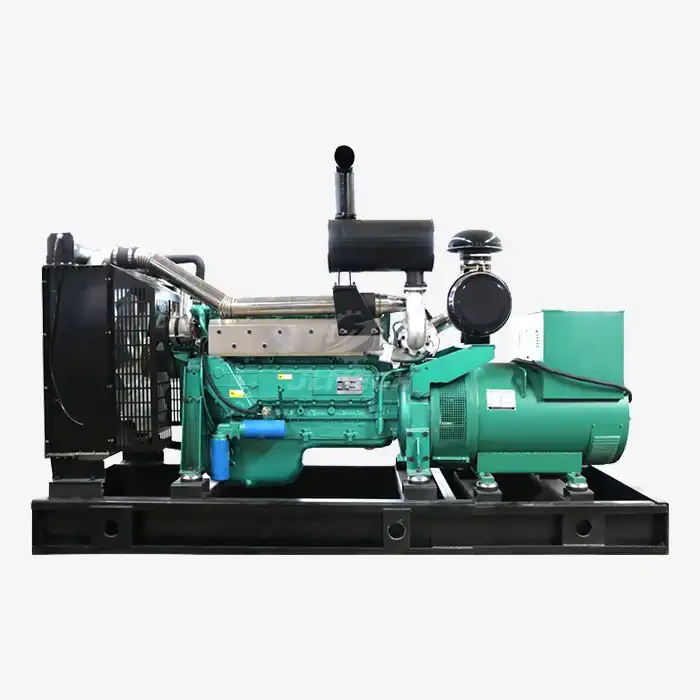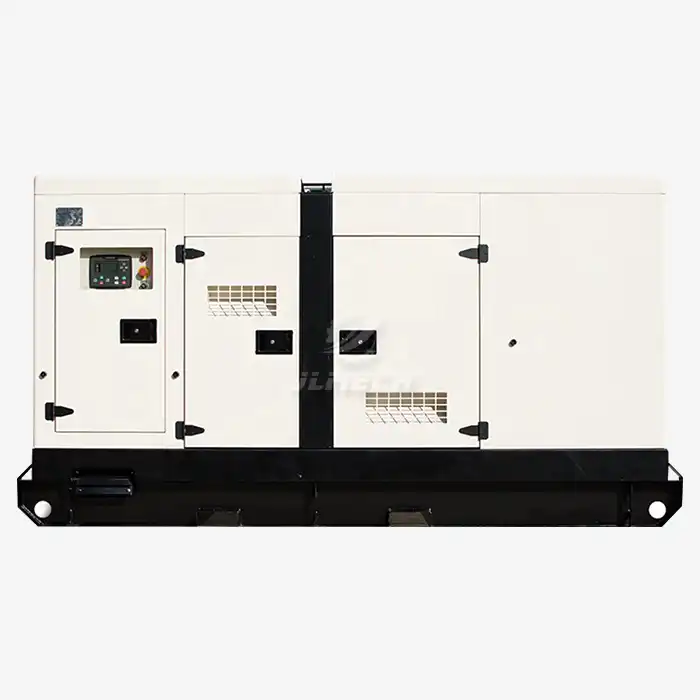How to fix RPM sense loss?
RPM sense loss occurs when your generator's control system fails to accurately read the engine speed, leading to an inability to start, unexpected shutdowns, or unstable frequency output. This issue prevents the generator from maintaining the required 50 Hz or 60 Hz frequency, potentially causing damage to connected equipment. Addressing RPM sense loss promptly is crucial to avoid operational disruptions and costly repairs. Understanding the root causes and implementing effective solutions can restore your low rpm diesel generator to optimal performance.
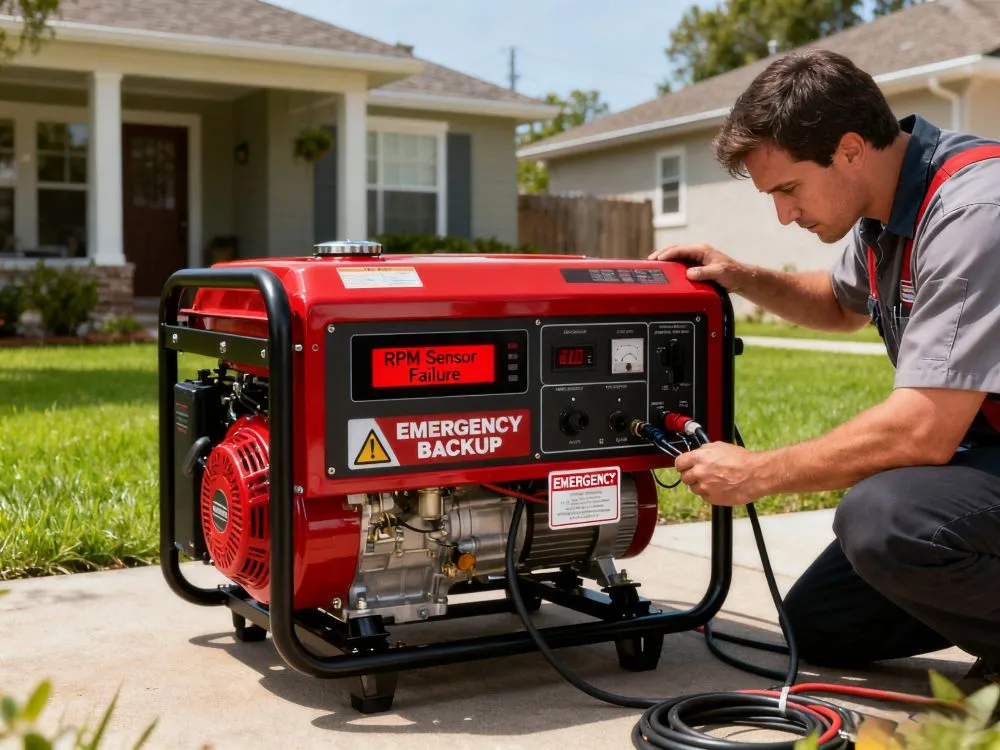
Diagnostic Process
A systematic approach to diagnosing RPM sense loss ensures you identify the exact cause efficiently and accurately.
Visual Inspection:
Examine the RPM sensor connector for looseness, corrosion, or damage.
Check the wiring harness for wear, pinch points, or burns from the sensor to the Engine Control Module (ECM).
Verify the sensor gap between the sensor and the flywheel gear ring (typically 0.5-1.5mm, consult your manual).
Electrical Tests:
Use a multimeter to check the sensor power supply voltage between terminals; it should be within 11.5-13.5 VDC.
Test ground circuit resistance and signal line continuity. Resistance between specific terminals (e.g., P5-41 and P5-51) should generally be below 5 ohms.
For a more advanced check, use an oscilloscope to observe the sensor's output waveform for irregularities.
Sensor and Mechanical Checks:
Measure the sensor coil resistance (commonly 100-1000 ohms, refer to specifications) and compare it to the manufacturer's standards.
Inspect the flywheel gear ring for missing, worn, or contaminated teeth.
Verify the tightness of sensor mounting bolts and check for any signs of physical damage to the sensor itself.
Common Causes and Solutions
Identifying the specific fault allows for targeted repairs to get your low rpm diesel generator back online reliably.
Faulty RPM Sensor: A damaged or degraded sensor is a primary culprit.
Solution: Replace with a genuine OEM sensor to ensure compatibility and longevity.
Wiring Issues: Loose connections, corrosion, or damaged cables can interrupt the signal.
Solution: Repair or replace damaged wiring. Ensure all connections are secure and protected from the elements.
Incorrect Sensor Gap: An improper air gap between the sensor and the flywheel prevents accurate reading.
Solution: Adjust the gap to the manufacturer's specified distance using a feeler gauge.
Worn Flywheel Gear Ring: Damaged teeth on the ring can cause inconsistent signal generation.
Solution: Inspect the flywheel and replace it if teeth are missing, cracked, or excessively worn.
Poor Lubrication or Worn Components in Governor System: Inadequate lubrication or wear in components like flyweight pins and bushings can hinder governor operation, affecting speed sensing.
Solution: Ensure proper lubrication of the governor system. Inspect and replace worn components like flyweight pins and bushings to restore proper function.
Faulty Speed Control Module (ECM): In some cases, the electronic control module itself may be malfunctioning.
Solution: This requires professional diagnosis and potentially reprogramming or replacing the ECM.
Preventive Maintenance Recommendations
Preventing RPM sense loss is more efficient and cost-effective than repairing it. Implement these practices to ensure long-term reliability.
Regular Scheduled Inspections: Every 500 hours of operation, visually inspect the sensor, connector, and wiring for early signs of damage or wear.
Maintain Cleanliness: Keep the sensor and flywheel area free from oil, dirt, and debris to ensure accurate reading.
Secure Cable Routing: Regularly check that wiring is properly fastened and protected from vibration and abrasion.
Keep Governor System Lubricated: Follow the manufacturer's guidelines for lubricating the governor system to prevent wear on moving parts.
Record Baseline Values: Document the sensor's resistance and output voltage when new for future trend analysis and troubleshooting.
Avoid Low-Load Operations: Prolonged running below 30% of rated load can increase carbon deposits and exacerbate issues. Schedule annual load bank testing to burn off deposits and verify performance under full load.
Conclusion
RPM sense loss is a critical issue that can halt your operations, but it is often resolvable through methodical diagnosis and addressing common faults like sensor failure, wiring problems, and improper maintenance. For persistent or complex issues, especially those involving the control module, seeking professional assistance is strongly recommended to avoid further complications.
At JLMECH, we combine extensive expertise in power generation with an unwavering commitment to quality and reliability. Our team of certified technicians is equipped to provide comprehensive diagnostics, genuine parts, and expert repairs for all your generator needs.
If you're experiencing persistent RPM issues or want to prevent them, contact our experts for professional support. Email us at skala@whjlmech.com for personalized assistance, genuine parts, and reliable solutions tailored to your low rpm diesel generator.
References
International Organization for Standardization. (2018). *ISO 8528-5: Reciprocating internal combustion engine driven alternating current generating sets - Part 5: Generating sets*.
National Fire Protection Association. (2022). NFPA 110: Standard for Emergency and Standby Power Systems.
Johnson, M. (2022). Emergency Power Systems: A Comprehensive Guide to High-Speed Diesel Generators. Power Engineering Quarterly, 45(3), 78-92.



